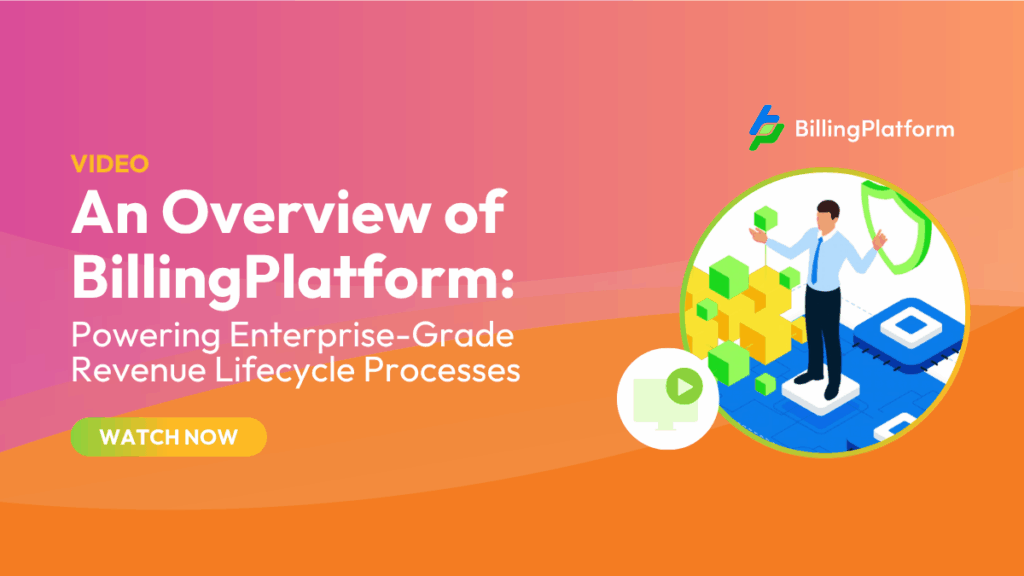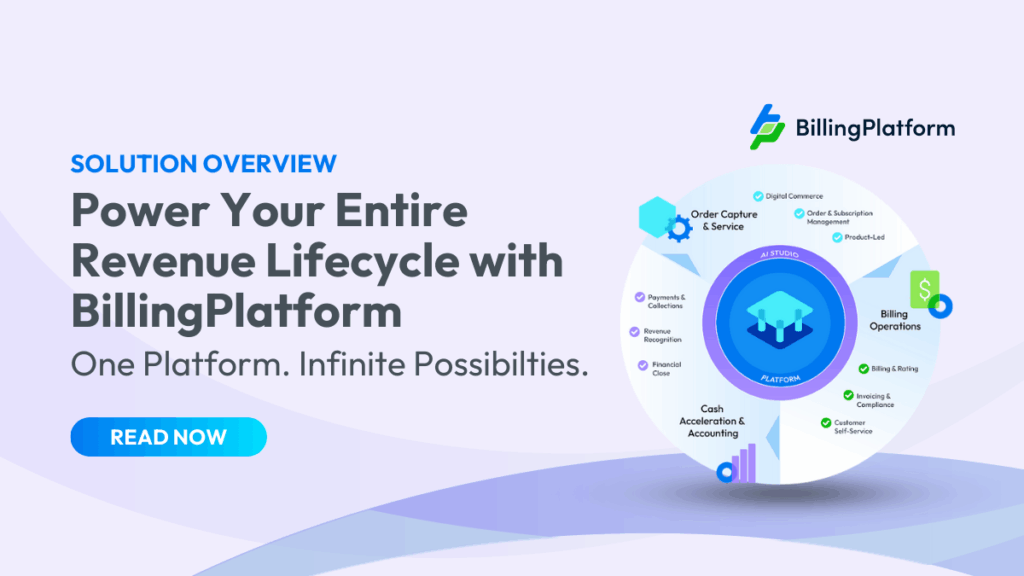BillingPlatform: How is SaaS evolving in terms of how companies are implementing it?
JK: I just got back from Dreamforce, which is like the Woodstock event of cloud services. There is no question that the idea of SaaS has become very commonplace. Some may not even refer to it as SaaS anymore: it’s just software. At Dreamforce, the idea of subscribing to software has gained greater acceptance because customers and vendors have recognized that it represents an equation that’s better designed to ensure customer success, which then in turn encourages vendor success. And that truly makes it a win-win situation. As a result, customers are also looking to establish more strategic relationships with their vendors. The success of salesforce and CRM vendors is that they can deliver a broader set of solutions to customers, and customers see the advantage of acquiring more applications from one source as well. It’s also becoming clear that vendors are still talking about this idea of platforms, which allows customers to build an application or functionality on top of the basic system that they acquire. This DIY approach has become really important.
BillingPlatform: Since we are talking about increased customization in SaaS, are we going back to a stage where IT has to once again get more involved in software?
JK: Yes. Behind the scenes there is still a data integration and data management requirement, which assumes that IT should still be actively involved in decision-making and vendor management responsibilities. APIs do provide the basic interoperability, but they are techie. You need developers to make them work. Yet one of the key themes at Dreamforce was simplification. Vendors need to have a low code or no-code architecture to encourage the citizen developer to meet their daily requirements and ongoing objectives, and do the work themselves when needed.
BillingPlatform: That’s a fun thing for vendors to say but is it happening? It seems like there are quite a few growing pains right now from SaaS?
JK: The issue is creating a fair amount of stress. If I am the salesforce administrator and I want to add another field that is easy and quick but if I am the CMO and the expectation is that I can proactively initiative campaigns and programs and prospect lists, that’s much more complex than salesforce would let us believe. A client I was working with had done a lot of customization to salesforce and they were not on the current instance, and they were looking to subscribe to a billing platform. It’s going to take the company several months to integrate the two systems. The popularization of digital transformation is setting a higher expectation among executives that all these wonderful solutions are available, but in reality, the technical challenges of scale and integration with third-party applications and multiple cloud infrastructures is there. There’s also the need to change your business processes to use SaaS.
BillingPlatform: Good point. How is business process sophistication faring when it comes to SaaS?
JK: If the solution allows multiple departments to have equal access to information generated from your platform, that’s good but the bad news is that it doesn’t necessarily allow employees to coordinate any better nor is it a catalyst to improve processes. You could have some sort of monitoring through logs to track who is using the information or not, which provides valuable feedback on how SaaS is facilitating change. In the case of billing software, you can use data generated in the platform to show where new opportunities lie and that could allow you to expand the upsell/cross-sell success of the company. The reality is that not too many people are practiced at this and they haven’t had the systems in place to support data-driven tactics nor the procedures to encourage and reward behavior.
BillingPlatform: What’s after SaaS? What will be the next major evolution of enterprise software?
JK: The more things change the more they remain the same. SaaS will become mainstream. Yet there will be ways in which the market evolves to allow customers to do what they’ve done before, such as buy a perpetual license. Not every company is going to want the latest version of software. Also, analytics will become a basic requirement. No SaaS provider will be successful without intelligence built into the product.



